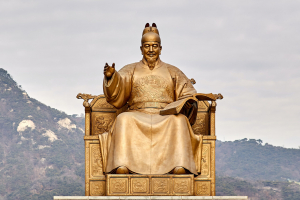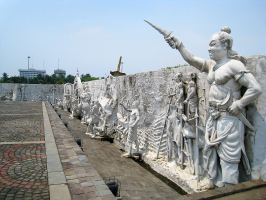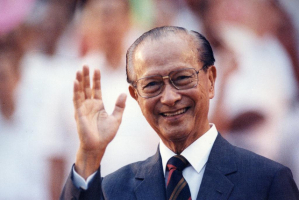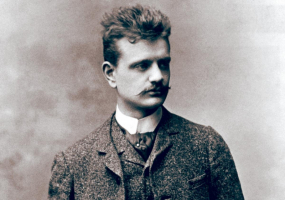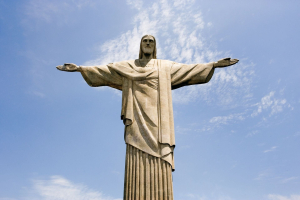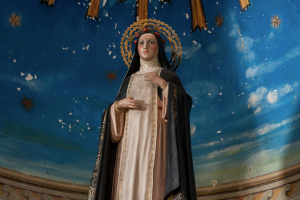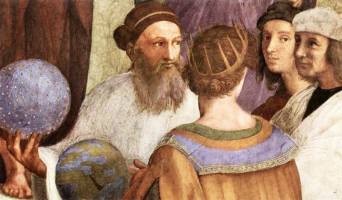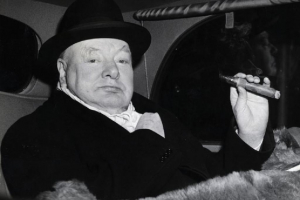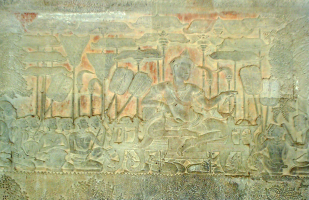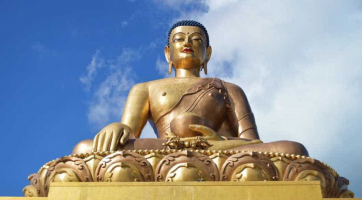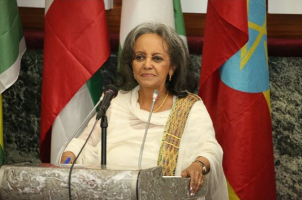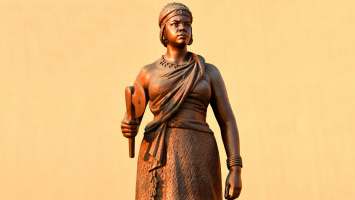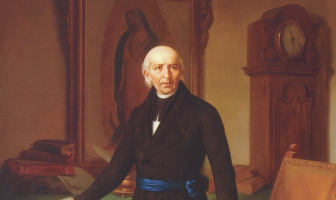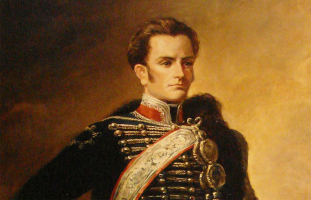Top 5 Most Important Historical Figures In Myanmar
Myanmar's history is long and complicated. The region has been inhabited by many peoples since history began. We will list the Most Important Historical ... read more...Figures in Myanmar in this article.
-
Anawrahta Minsaw (11 May 1014 - 11 April 1077) was the founder of the Pagan Empire. Anawrahta, considered the father of the Burmese nation, transformed a small principality in the dry zone of Upper Burma into the first Burmese Empire, which served as the foundation for modern-day Burma (Myanmar). Burmese history begins with his accession to the Pagan throne in 1044.
For the first time in history, Anawrahta unified the entire Irrawaddy valley and placed peripheral regions such as the Shan States and Arakan (Rakhine) under Pagan's suzerainty. He successfully halted the Khmer Empire's advance into the Tenasserim coastline and Upper Menam valley, establishing Pagan as one of the two major kingdoms on mainland Southeast Asia.
Anawrahta, a strict disciplinarian, instituted a number of significant social, religious, and economic reforms that would have long-lasting consequences in Burmese history. His social and religious reforms influenced modern-day Burmese culture. He transformed the parched, arid regions around Pagan into the main rice granaries of Upper Burma by building a series of weirs, giving Upper Burma an enduring economic base from which to dominate the Irrawaddy valley and its periphery in the centuries that followed. He left behind a strong administrative system that was followed by all subsequent Pagan kings until the dynasty's demise in 1287. The success and longevity of Pagan rule over the Irrawaddy valley laid the groundwork for the rise of Burmese language and culture, as well as the spread of Burman ethnicity in Upper Burma.
Anawrahta's legacy extended far beyond modern Burma's borders. His acceptance of Theravada Buddhism, as well as his success in halting the advance of the Khmer Empire, a Hindu state, provided a much-needed reprieve and safe haven for the Buddhist school, which had been in retreat elsewhere in South and Southeast Asia. He was instrumental in reviving Theravada Buddhism in Ceylon, the Buddhist school's original home. The success of the Pagan dynasty enabled later growth of Theravada Buddhism in Lan Na (northern Thailand), Siam (central Thailand), Lan Xang (Laos), and the Khmer Empire (Cambodia) in the 13th and 14th centuries.
Anawrahta is one of Burmese history's most famous kings. His life stories (legends) are common in Burmese folklore and have been adapted for popular literature and theater.
Burma, which has been closed off to the outside world for a long time, remains a mysterious place in many ways. Indeed, we know very little about the famous people who have left their imprint on this country. The following list of the most important historical figures in Myanmar has been compiled from various sources in order to provide you with a more complete picture of this country.
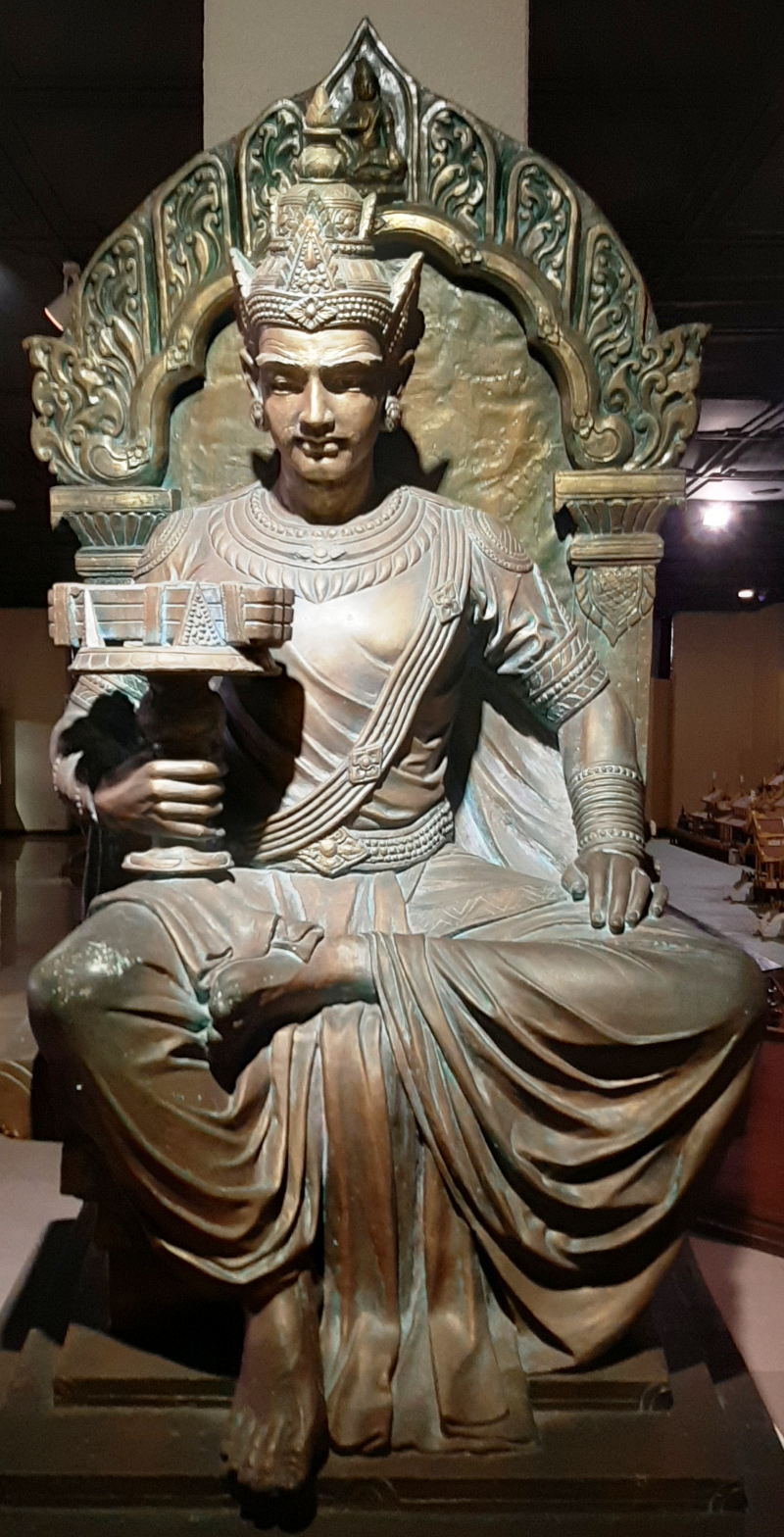
commons.wikimedia.org 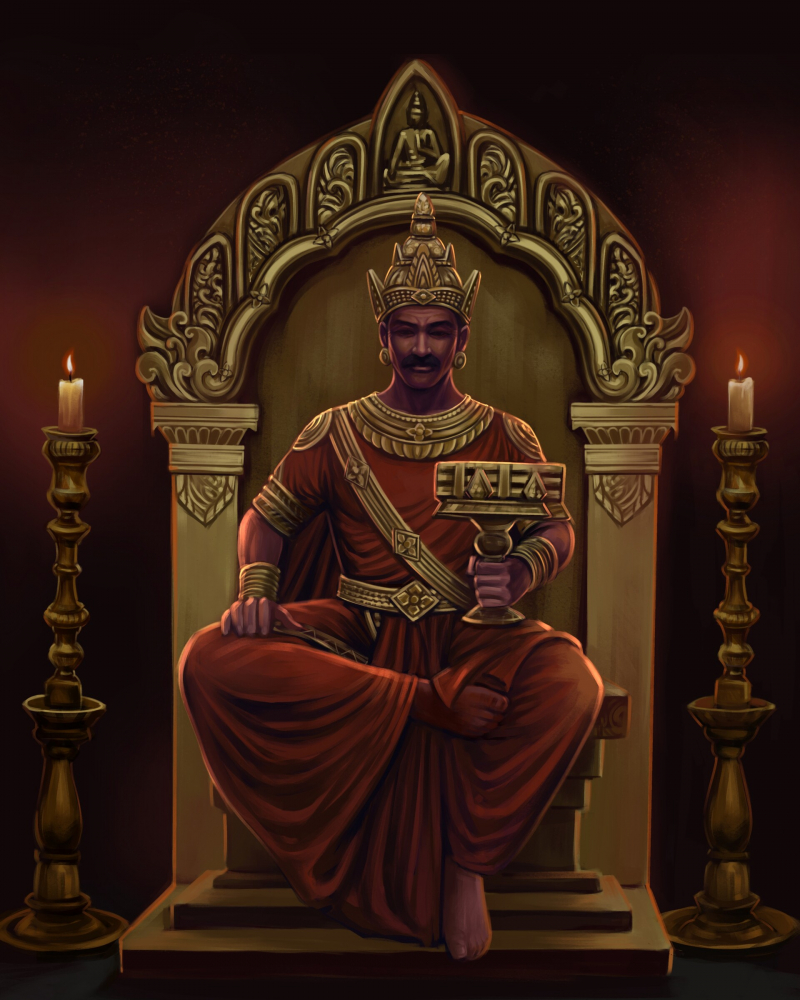
artstation.com -
Bayinnaung Kyawhtin Nawrahta (16 January 1516 - 10 October 1581) was the King of Myanmar during the Toungoo Dynasty from 1550 to 1581. During his 31-year reign, which has been described as the "greatest explosion of human energy ever seen in Burma," Bayinnaung built what was likely the largest empire in Southeast Asian history, encompassing much of modern-day Myanmar, the Chinese Shan states, Lan Na, Lan Xang, Manipur, and Siam.
Although he is best known for his empire-building, Bayinnaung's greatest legacy was the incorporation of Shan states into Irrawaddy Valley-based kingdoms. Following the conquest of the Shan states in 1557-1563, the king instituted an administrative system that diminished the power of hereditary Shan saophas and brought Shan customs in line with lowland norms. It ended the threat of Shan raids into Upper Burma, which had loomed since the late 13th century. His Shan policy was followed by Burmese kings until the kingdom fell to the British in 1885.
However, Bayinnaung was unable to replicate this administrative policy throughout his vast empire. His empire was a loose confederation of formerly sovereign kingdoms, the kings of which were loyal to him as the Cakkavatti ("Universal Ruler") rather than to the Kingdom of Toungoo. Indeed, just over two years after his death, Ava and Siam revolted. By 1599, all of the vassal states had revolted, and the Toungoo Empire had collapsed completely.
Bayinnaung, along with Anawrahta and Alaungpaya, is regarded as one of Burma's three greatest kings. Some of the most prominent locations in modern Myanmar bear his name. In Thailand, he is also known as the Phra Chao Chana Sip Thit ("Conqueror of the Ten Directions").
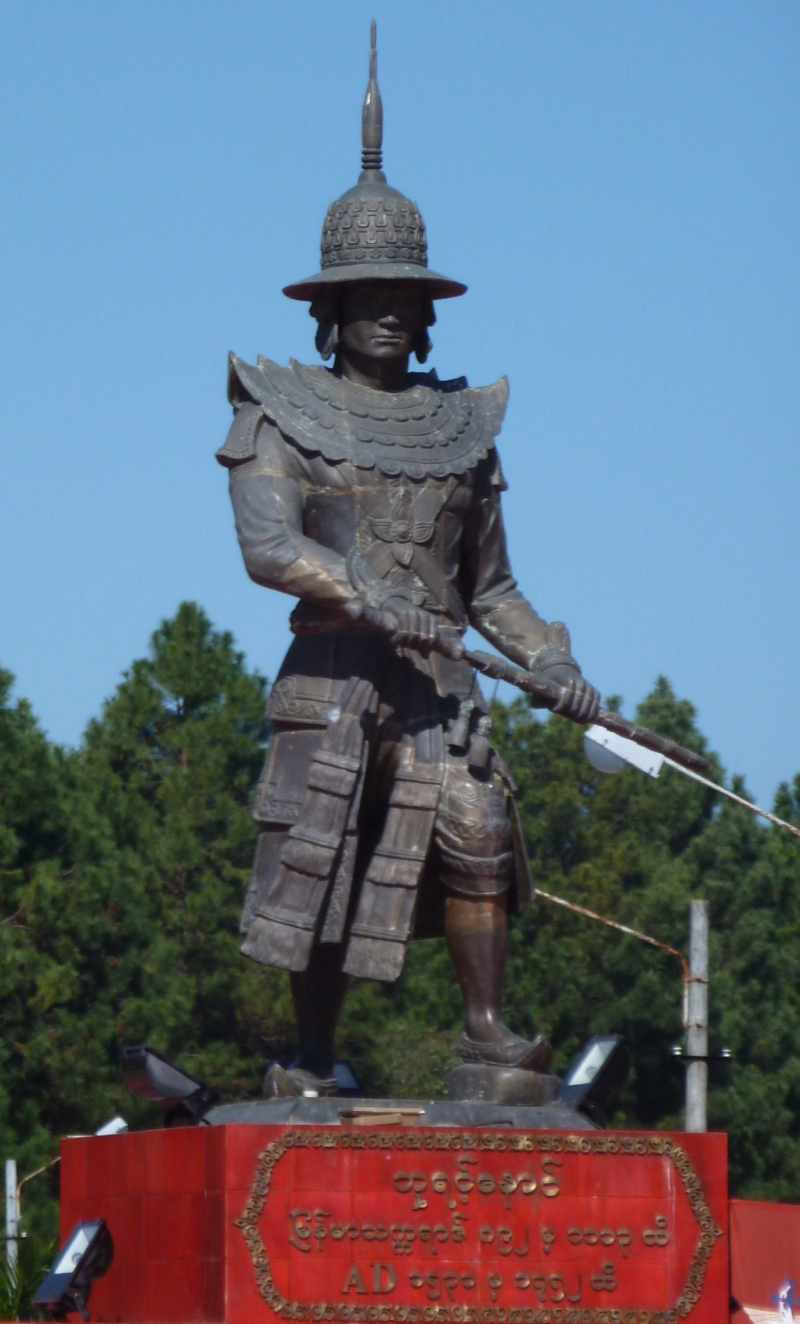
en.wikipedia.org 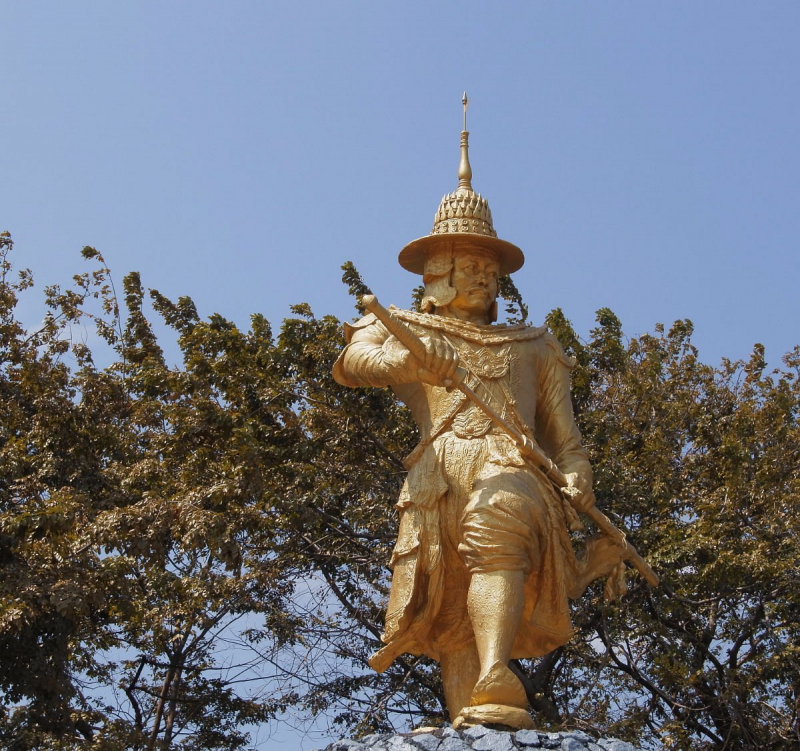
tripadvisor.com -
Aung San (13 February 1915 - 19 July 1947) was a Burmese politician, independence activist, and revolutionary. He played an important role in Myanmar's fight for independence from British rule, but he was assassinated just six months before his goal was achieved. Aung San is widely regarded as the founder of modern-day Myanmar and the Tatmadaw (the country's armed forces), and is known as the "Father of the Nation," "Father of Independence," and "Father of the Tatmadaw."
Aung San was dedicated to ending British colonial rule in Burma and founded or was closely associated with many Burmese political groups and movements, as well as exploring various schools of political thought throughout his life. He had been an anti-imperialist his entire life and had studied socialism as a student. He was elected to the executive committee of the Rangoon University Students' Union and served as the editor of its newspaper during his first year of university. In 1938, he became a member of the Thakin Society and served as its general secretary. He also assisted in the formation of the Communist Party of Burma in 1939, but left soon after due to sharp disagreements with the rest of the party's leadership. He later co-founded the People's Revolutionary Party (later known as the Burma Socialist Party), with the primary goal of achieving Burmese independence from the British.
Aung San fled Burma shortly before the outbreak of World War II and went to China to seek foreign support for Burmese independence. During the Japanese occupation of Burma, he was the minister of war in Dr. Ba Maw's Japan-backed State of Burma. As the tide began to turn against Japan, he switched sides and joined forces with the Allies to fight the Japanese. In the Aung San-Attlee agreement signed after World War II, he negotiated Burmese independence from Britain. From 1946 to 1947, he was the fifth Premier of the British Crown Colony of Burma. In the 1947 Burmese general election, he led his party, the Anti-Fascist People's Freedom League, to victory, but he and most of his cabinet were assassinated shortly before the country gained independence.
Aung San Suu Kyi, Aung San's daughter, is a stateswoman, politician, and Nobel Peace Prize winner. She served as Burma's State Counsellor and the country's 20th (and first female) Minister of Foreign Affairs in Win Myint's Cabinet until the 2021 Myanmar coup
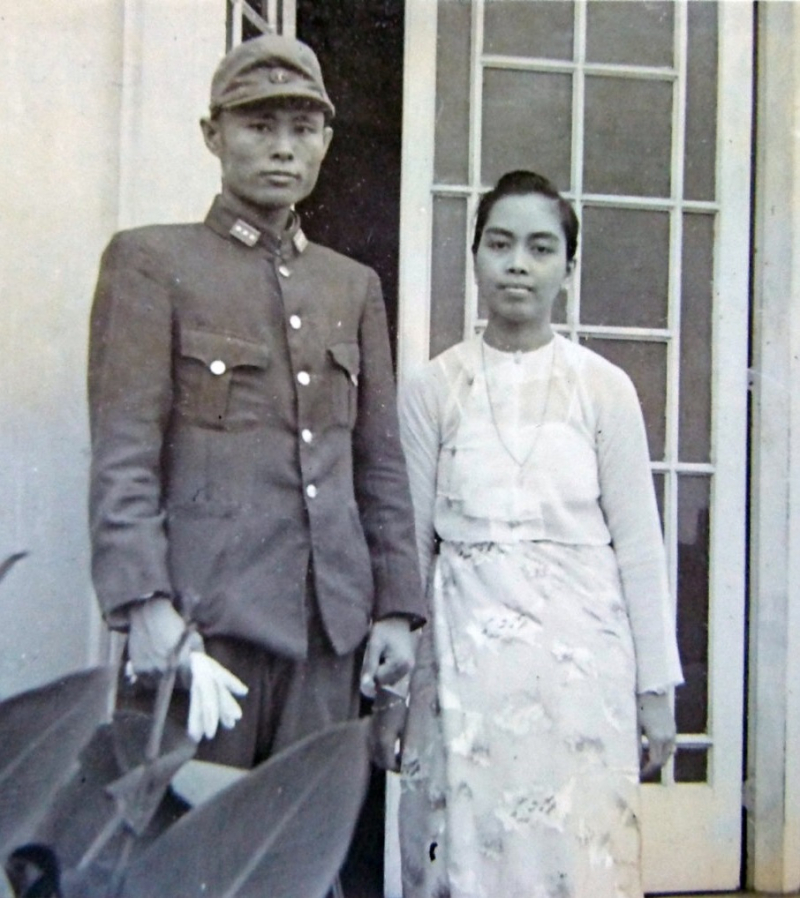
wikiwand.com 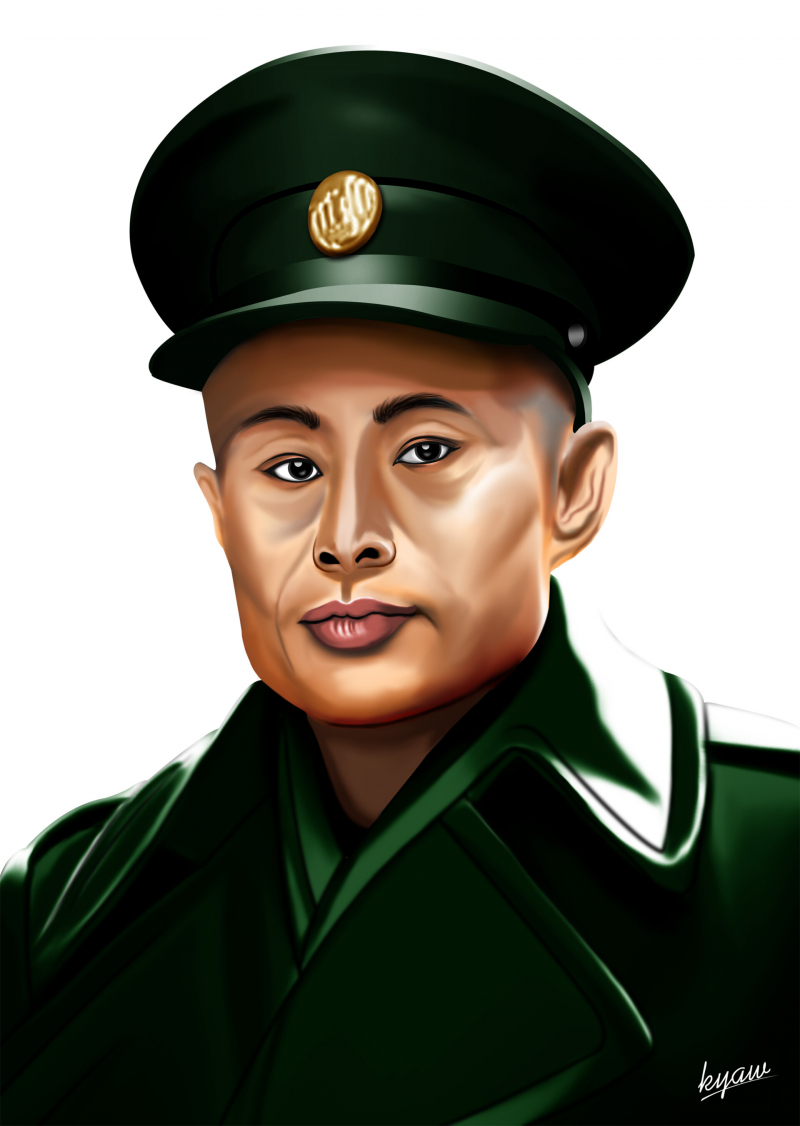
artstation.com -
Thant (January 22, 1909 - November 25, 1974), also known as U Thant, was the third Secretary-General of the United Nations from 1961 to 1971, and the first non-Scandinavian to hold the position. He served as President for a record 10 years and one month.
Thant, a Pantanaw native, attended National High School and Rangoon University. He held moderate views in a tense political climate in Burma, positioning himself between fervent nationalists and British loyalists. He was a close friend of Burma's first Prime Minister, U Nu, and served in Nu's cabinet in various capacities from 1948 to 1961. Thant had a calm and unassuming demeanor that earned him the respect of his colleagues.
He became Secretary-General six weeks after his predecessor, Dag Hammarskjöld, died in an air crash. Thant facilitated negotiations between the United States and China during his first term. President John F. Kennedy and Soviet Premier Nikita Khrushchev helped to avert a global catastrophe during the 1962 Cuban Missile Crisis. Later that year, in December, Thant launched Operation Grandslam, which put an end to a secessionist insurgency in Congo. On December 2, 1966, the Security Council unanimously reappointed him as Secretary-General. Thant was well-known during his second term for publicly criticizing the United States' conduct in the Vietnam War. He oversaw the admission of several newly independent African and Asian states to the United Nations. He declined a third term and retired in 1971.
Thant died in 1974 of lung cancer. He was widely admired and respected by the Burmese people as a devout Buddhist and the foremost Burmese diplomat on the international stage. When the military government refused him any honors, riots erupted in Rangoon, which were violently suppressed by the government, resulting in hundreds of casualties.
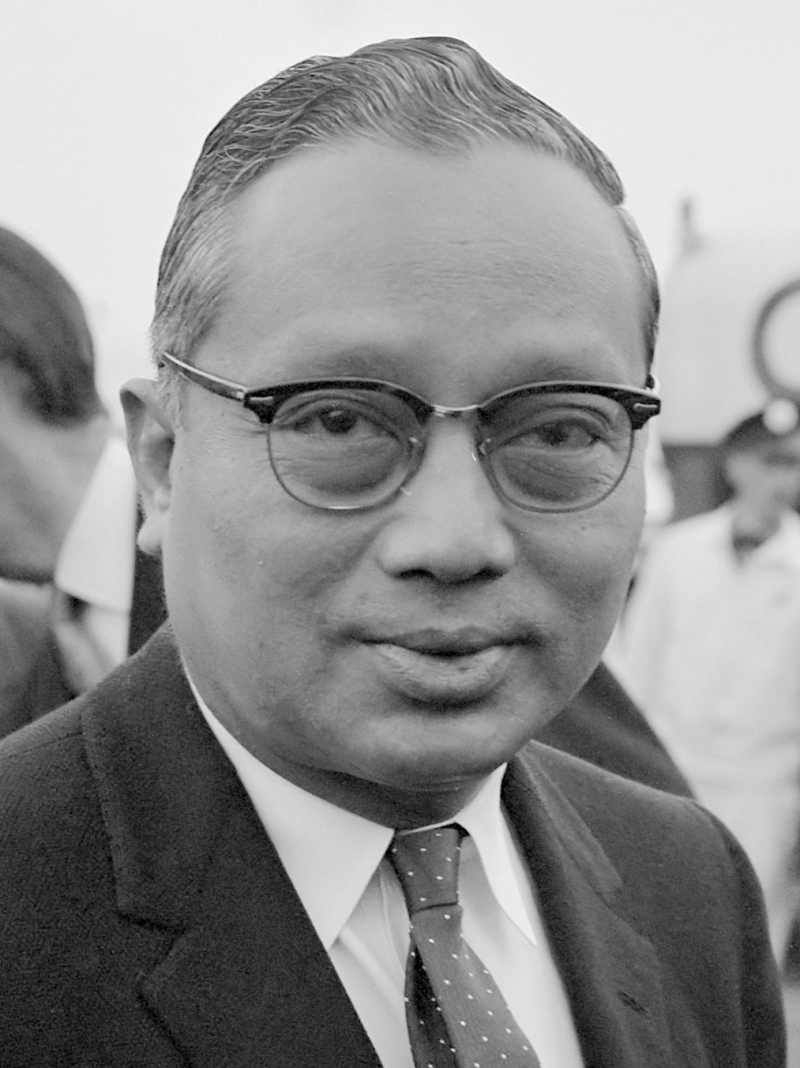
vi.wikipedia.org 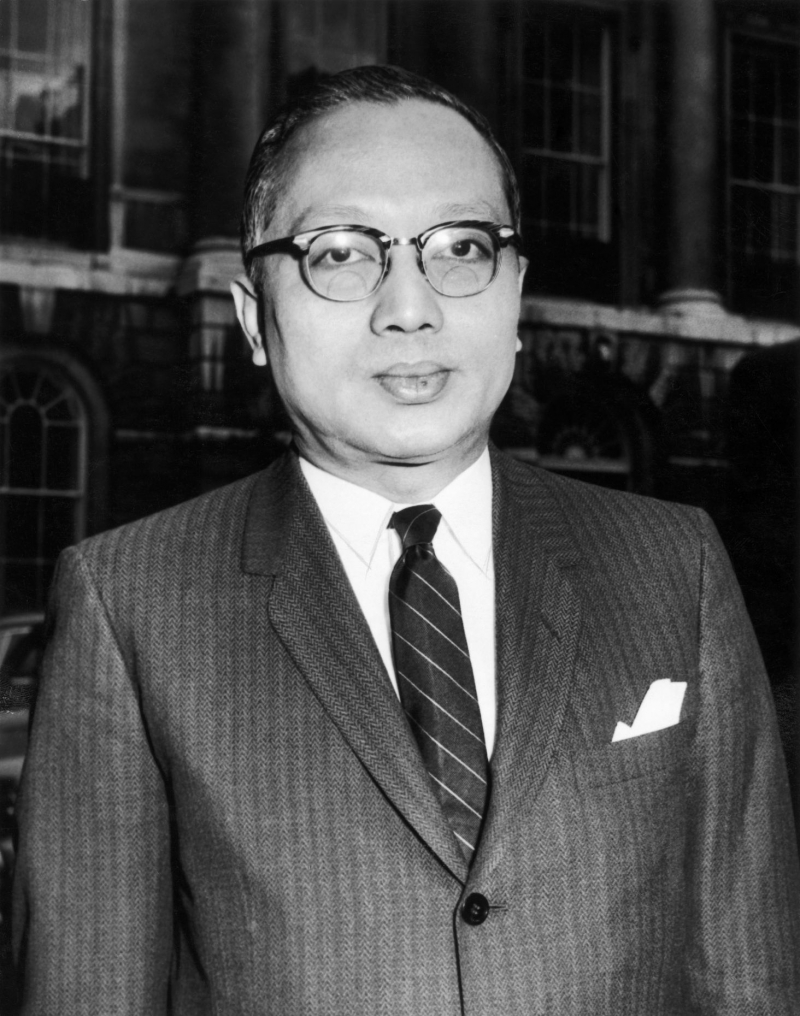
wnyc.org -
Ne Win (10 July 1910, or 14 or 24 May 1911 - 5 December 2002) was a Burmese politician and military commander who served as Prime Minister of Burma from 1958 to 1960 and 1962 to 1974, as well as President of Burma from 1962 to 1981.
In the 1962 Burmese coup d'état, Ne Win founded the Burma Socialist Programme Party (BSPP) and overthrew the democratic Union Parliament of U Nu, establishing Burma as a one-party socialist state under the Burmese Way to Socialism ideology. Ne Win was Burma's de facto leader as chairman of the BSPP, serving in various official titles as part of his military government, and was known as U Ne Win by his supporters. His rule was characterized by a non-aligned foreign policy, isolationism, one-party rule, economic stagnation, and superstition. Ne Win resigned in July 1988 in response to the 8888 Uprising that overthrew the He wielded minor power in the 1990s before being placed under house arrest, where he died in 2002.
During the Cold War, Ne Win maintained a strictly neutralist foreign policy, participating in the Non-Aligned Movement and avoiding both the United States and the Soviet Union. On the other hand, his relations with and the People's Republic of China were initially excellent, but were temporarily broken between 1967 and 1971, due to Mao's covert support for the Communist insurgency within Burma and the outbreak of anti-Chinese riots by regime supporters.
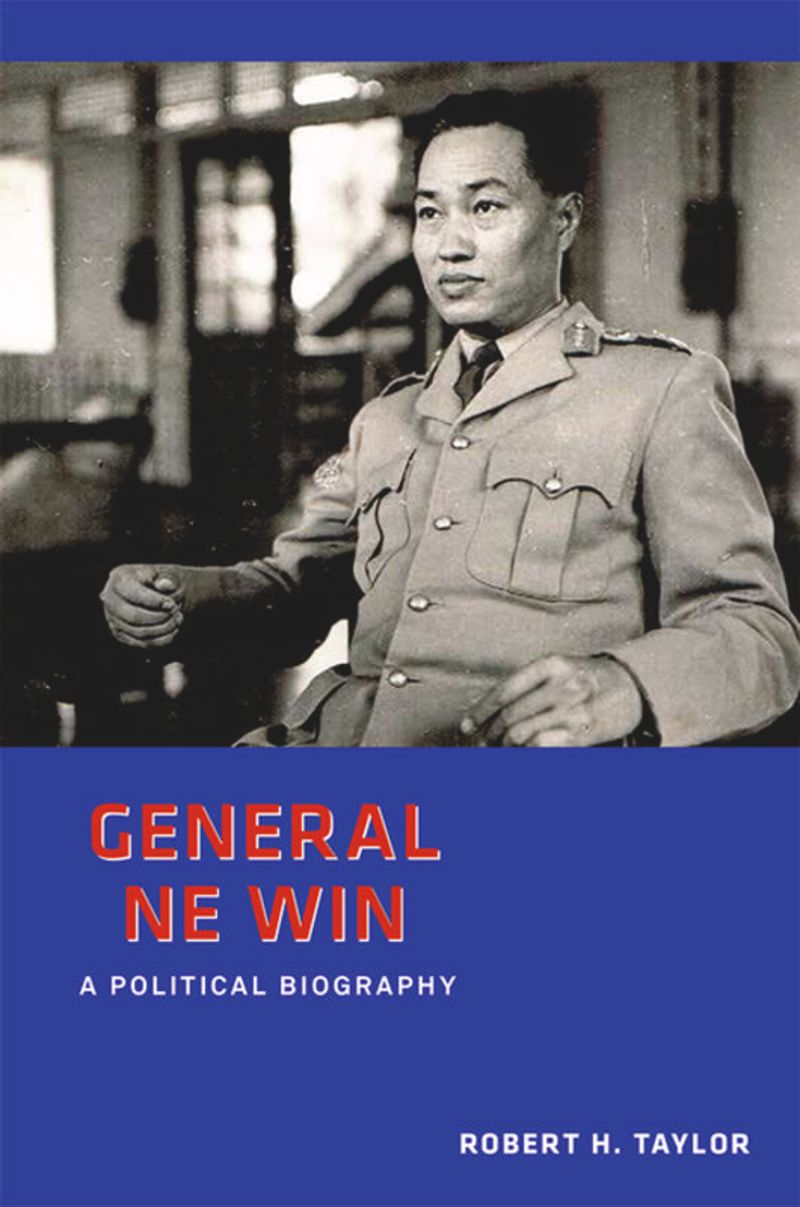
degruyter.com 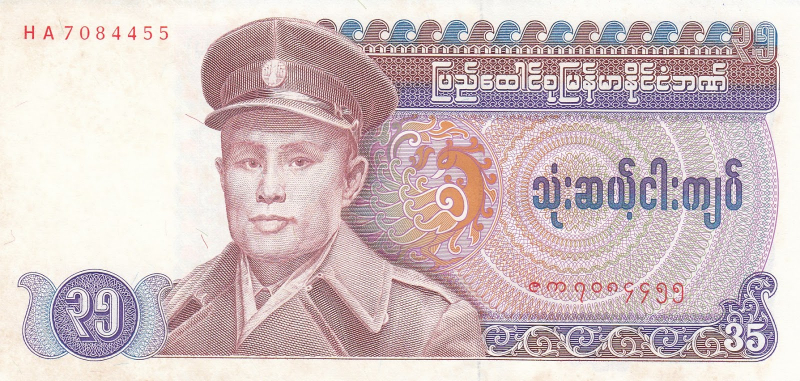
navonanumis.blogspot.com









